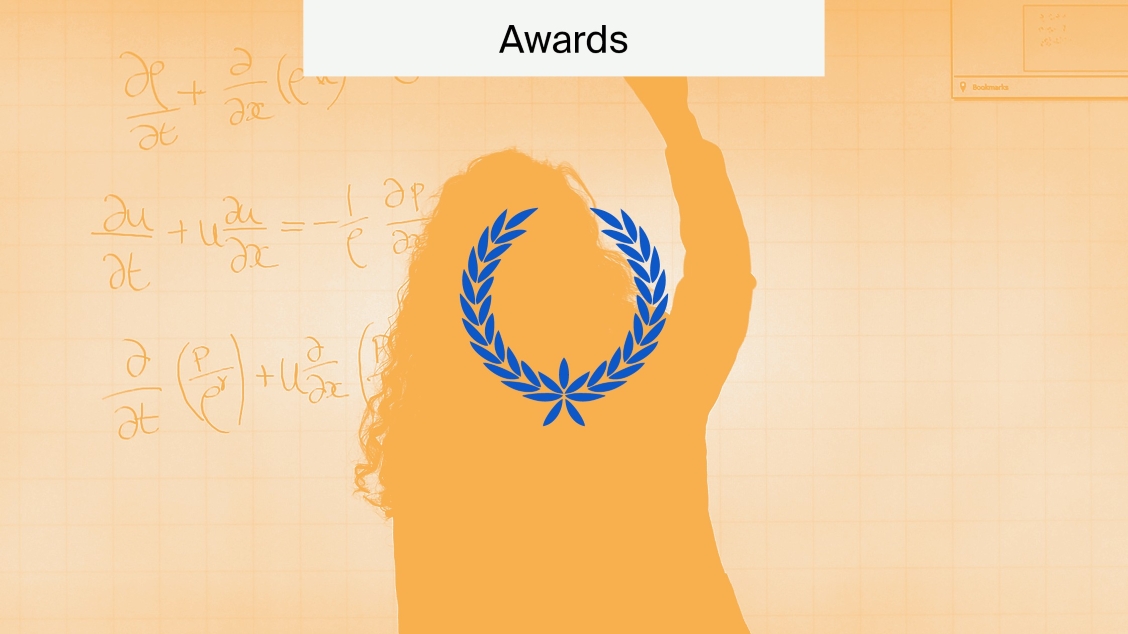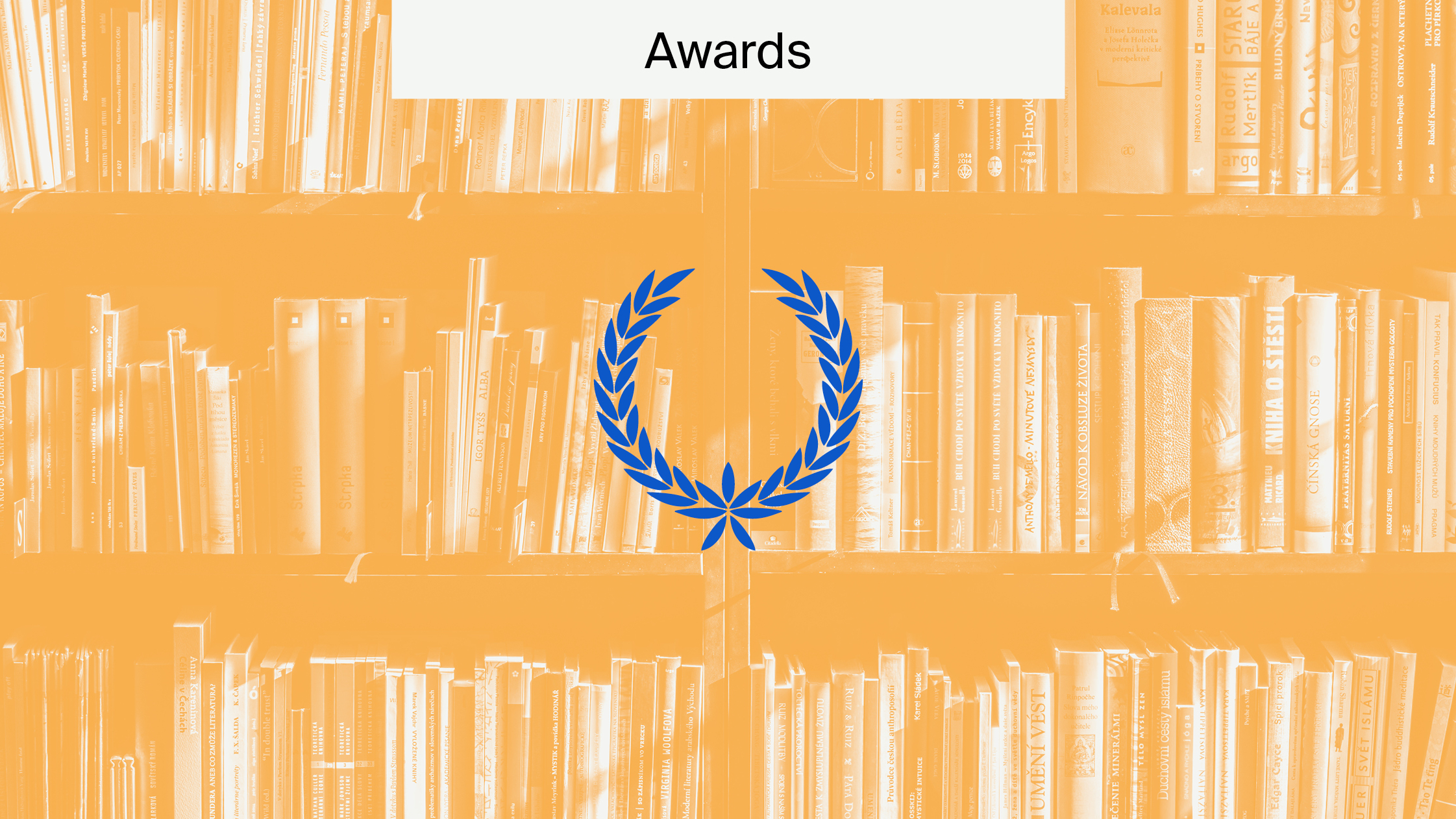
Writing Your Manuscript in English
Writing in English can be very challenging, especially if it isn’t your first language. Because of how many words there are, you might rely on dictionaries or software to help. This is an excellent idea—as is hiring an English editing service to help you with your manuscript. Sometimes, the easiest thing to do is to focus on basic grammar and avoid trying to make your paper more complicated. How to write isn’t about choosing the most complicated words to say something simple—it’s about choosing simple words to communicate something complicated.
Here, we’ll focus on five tips for writing in English that can help you improve your basic grammar. We’ll also start by focusing a bit on the actual process of how to write. Remember, it’s important to write first before you worry about editing the English.
- Basic sentence structure
- Simple word choice
- How to write paragraphs
- Casual vs. formal language
- English editing
Remember, that rules can be broken, but this article isn’t going to focus on all the different ways this can be done. Instead, we’ll look at general rules and guidelines to help you write your manuscript in English.
1. Basic sentence structure
Even though writing your manuscript might feel complicated, English sentence structure is generally pretty simple. Almost all basic sentences in English have the same three parts: A SUBJECT, a VERB, and an OBJECT.
Put simply: every sentence needs someone doing something.
Let’s look at this example: “We aimed to discover if the species was poisonous.” Looking at it with the forms above, we’d have: “We (SUBJECT) aimed (VERB) to discover if the species (OBJECT) was poisonous.”
You can apply this basic structure to any number of sentences.
“We used clinical procedures.”
“I will explain why the tests failed.”
“Our group is researching longevity.”
All these examples have those three parts.
Writing in English uses conjunctions
What is a conjunction? It’s a word that joins words or ideas that should be presented jointly.
You could say “We did the experiments to determine the volume. We did the experiments to also determine the mass.” But using “and” here shortens the sentence to “We did the experiments to determine the volume and mass.”
Doing this to join sentences together can help you produce a better manuscript. How to write a good sentence often needs you to join multiple ideas together. Make sure that you’re keeping your basic sentence structure under control, you don’t want to use and too many times in one sentence. If you’re not sure, a good English editing service can help to polish that up for you.
2. Simple word choices
Writing in English has a wide range of styles—this is true of any language—but the secret to a clear manuscript is simple language. It’s important to also make sure that your text is broken up in to smaller parts so that ideas can be easily understood.
Aside from the basic advice of keeping your sentences short, using simple word choices is often a strong way to ensure clarity in your text.
The desire to use “complicated” words is often quite strong in academic writing, but where the instinct might be to use “preambulate”, using “walk” or “move” might be a better option. Using a thesaurus in these sorts of situations can often help to keep the message of your paper more clear and easy to understand. Many people give different sorts of advice about this topic, but I like to say that you should imagine that you’re trying to explain the topic to someone who doesn’t understand the field. Importantly, make sure that you avoid slag when you write—say what you mean.
How to write complex ideas vs. technical language
There’s an important thing to keep in mind when you’re writing in English. “How to write” is often just a set of recommendations, and when people say that you should use simple language they’re usually right. The problem is that sometimes you must use complicated terms. These are referred to as “technical language” or “field-specific terms”. In these cases, you must use these terms as they are important to the field. You cannot make substitutions here in many cases.
While human immunodeficiency virus is slightly less commonly known than HIV, for example, neither term should be replaced with something else. Trying to simplify complex ideas can help your paper be clearer. Trying to change technical language to something else can lead to confusion and your message not being understood. Basic grammar rules don’t necessarily apply here.
Remember: if it is a technical term, don’t try to change it to something people in your field won’t understand.
3. How to write paragraphs
Basic grammar aside, how to organize your manuscript (or how to write paragraphs) is also a very important thing to know.
Sections vs. paragraphs
These two things sound similar but are very different.
Sections are the different parts of an academic manuscript. While there can be differences, most papers have the following sections:
- Abstract
- Introduction
- Methods
- Results
- Discussion
- References
Briefly, while these aren’t related directly to how to write your manuscript, and we’ll cover these subjects another time, we’ll quickly go over all these sections.
Abstract
This is usually a one-paragraph summary. While the length can vary, most tend to be in the 250–300-word range.
Introduction
The first major section of the paper, the Introduction tends to explain what the research is and why it is important to study. Included in the Introduction is usually a bit of background on existing research in the field, areas that might be lacking, or possible areas to explore.
Methods
The Methods section is often best described as “what did you do?” In this section, you want to explain the processes and techniques used (often this is also called “experimental design” or something similar). Everything from participants to materials should be described here.
Results
Simply put, what did you learn? What were the numerical results or what did you discover in the course of your work? Generally, you want to include information as a preface of these results to explain them all before getting into detail.
Discussion
Here is where you talk about the meaning of the results.
References
A list (how this is compiled will depend on the specific style guide being used) of all the work that you used for your paper.
Paragraphs
Sections are made up of paragraphs, which are usually organized by ideas. You might, for example, use the first paragraph of your Introduction to again present the ideas of the abstract. Then, the second paragraph might be used to expand on the ideas. And so on.
The important thing here is to break up the text into smaller, manageable ideas.
4. Casual vs. formal language
The key to writing clearly in English is to make sure that a your message is simple and clear—like you’re speaking to someone. Basic grammar and keeping your sentences short is easy to remember when you’re speaking. What you want to remember now is to avoid casual language. For example, contractions (when you join two words together) are something you should avoid. “Wouldn’t” needs to be split into both its component parts (would and not). This is why English editing can be very handy it helps you to spot these little minor examples. Usually, a round of English editing can be well worth the money it costs (especially because it can increase your chances of getting your paper accepted for review).
In addition to basic grammar, English editing usually looks at improving the quality of the English as a whole.
5. English editing
Even if you’re not confident with basic grammar, you should keep your ideas simple. If you want to make sure that someone takes a look at your work prior to submission, getting an English editor is a great idea. Remember, it’s important to make sure that your paper is well organized and structured properly to help your English editor understand the work!
We can help you edit your project

Editing academic work can be challenging and time consuming so choosing editing services that work for you is important. Academic editing can also be tricky sometimes, and it always pays off to have a professional look at your work. If you need a quick basic edit or a comprehensive specialist edit, MDPI can help. If you’re still not sure, don’t have time, or want a pro to look at your references, let our skilled English Editors help. Visit MDPI Author Services now for a free estimate for fast, accurate, and professional editing.











Great
It must be interesting for those English is not first language
Very well explaination
Very interesting your presentation of the academic English regarding publishing process.
Great MDPI